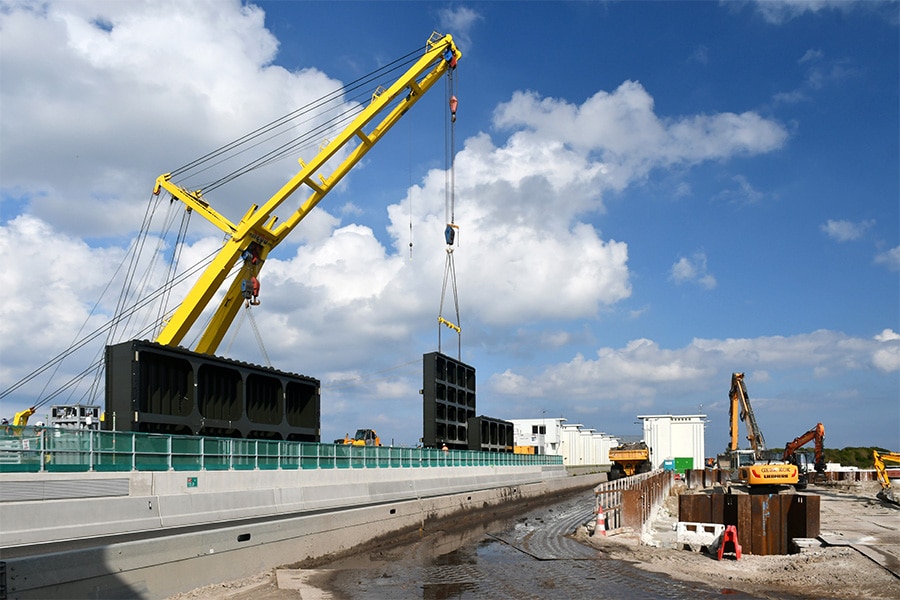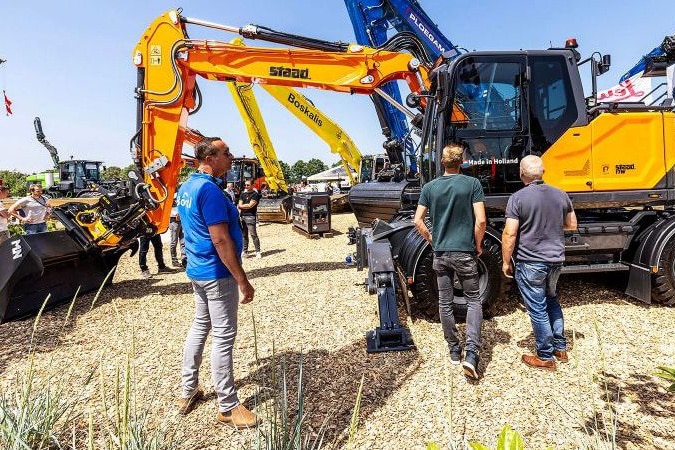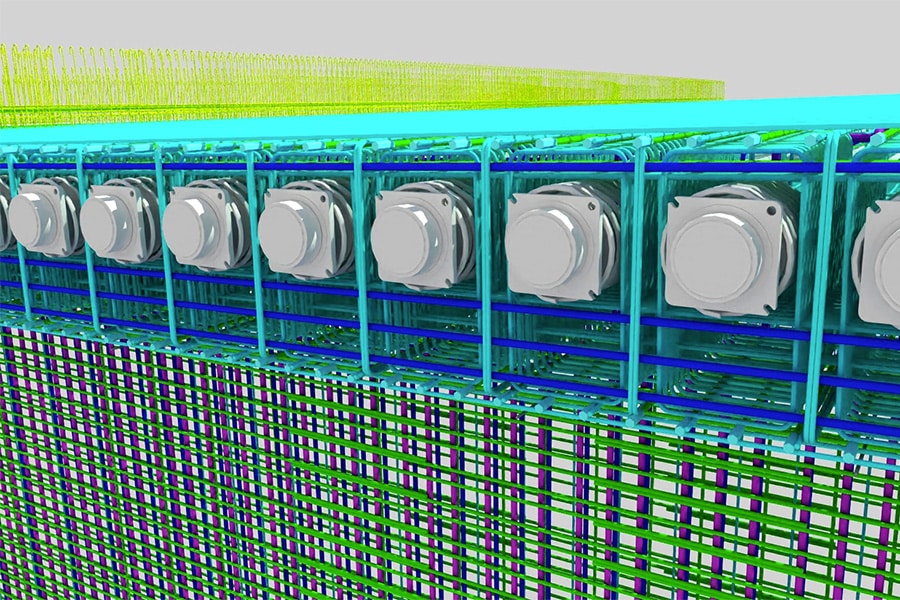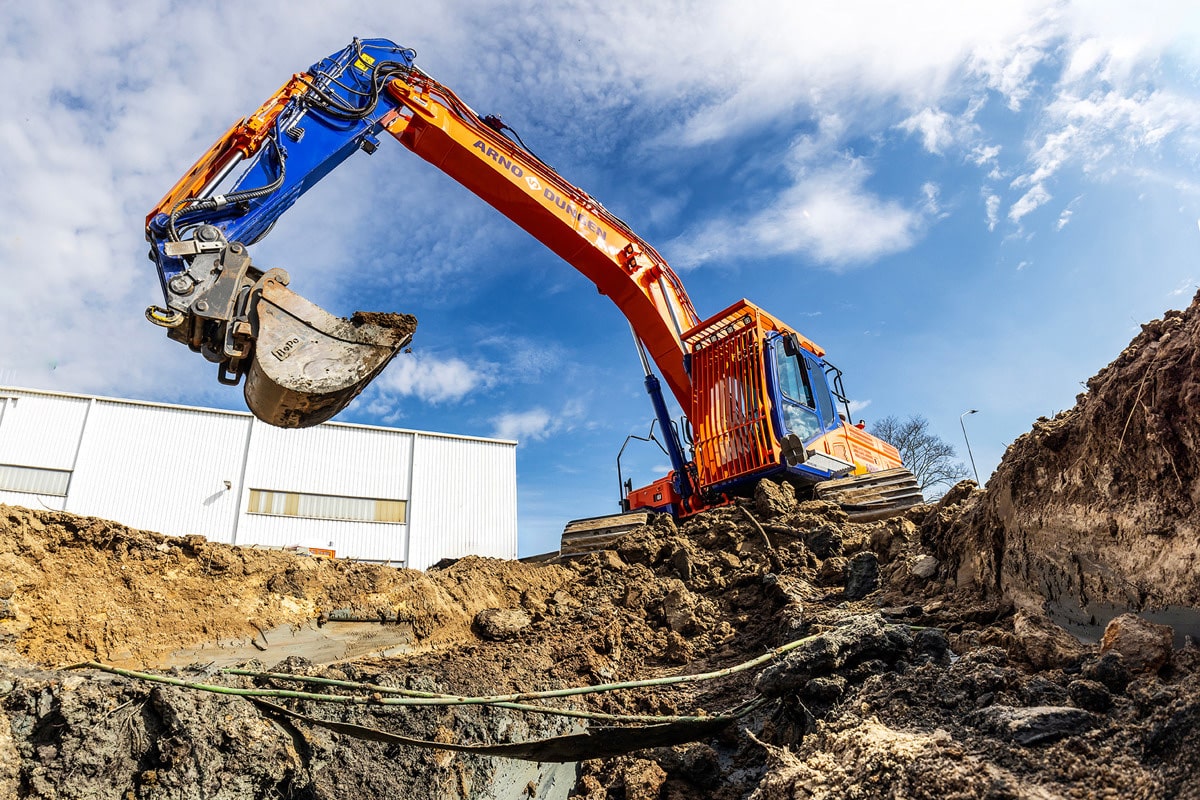
Ground-based design with ductile iron
Better for people and the environment
In everyday life, underground piping systems play a crucial role in safely and efficiently transporting water, gas, and other liquids. An approach that has been gaining popularity in recent years is soil-driven design with area soil. With the use of PAM Ecopose ductile iron for the ground-based design of underground piping systems, significant savings are realized, both for people and the environment.
Soil-based design integrates the natural properties of soil with the technical requirements of infrastructure, says Esther Lindeman, Managing Director of Saint-Gobain PAM Netherlands. "This provides sustainable and efficient solutions that benefit both people and the environment."

PAM Ecopose
Ductile iron is a widely used material in the construction of underground piping systems because of its durability, strength and long life. The material is suitable for a variety of applications, ranging from water pipes to sewer systems to piping for industrial applications. "What makes ductile iron so suitable for soil-based design is the fact that the pipes are very strong (high ring stiffness, ed.) and the excavated soil can be reused to backfill the trench. PAM Ecopose, we call it," says Esther. "The adverse effects on the environment are thereby greatly reduced to as much as 50%." Because with PAM Ecopose, there is no need to use clean sand, which has to be brought in from far away, AND the excavated soil does not have to be disposed of. "That saves an enormous amount of transport movements and associated emissions. In addition, the connections ensure that the pipeline can move with the ground without tension and is therefore insensitive to damage from ground subsidence and vibrations."
By minimizing earthmoving and using durable ductile iron piping from PAM, ground-based design helps reduce CO2 emissions as well as the carbon footprint of projects, Esther summarizes. "Ground-based design of underground ductile iron piping systems offers a sustainable and efficient solution to the challenges faced by modern cities and communities. By integrating natural and engineering aspects into the design process, infrastructure projects can be realized that are not only functional and cost-effective, but also contribute to a healthy and resilient living environment for current and future generations."



